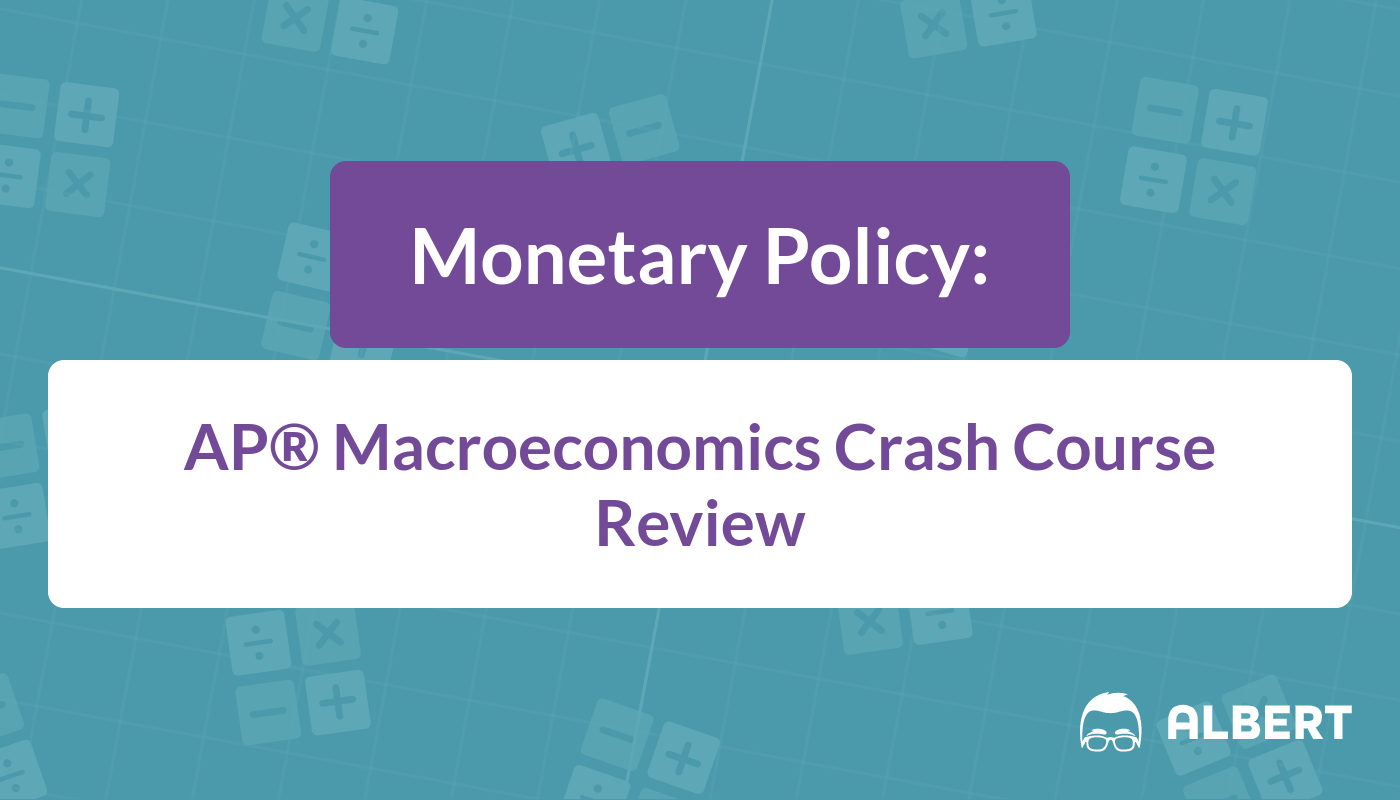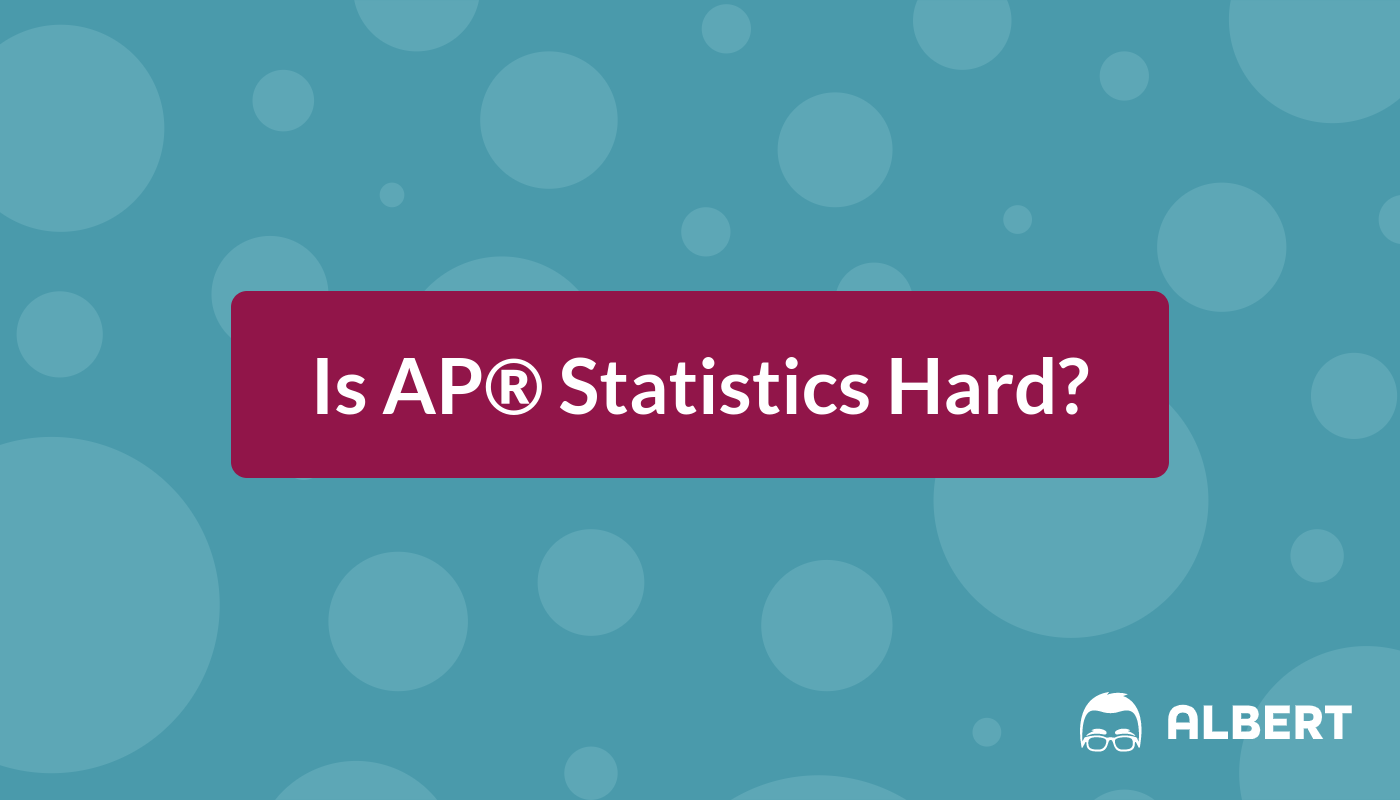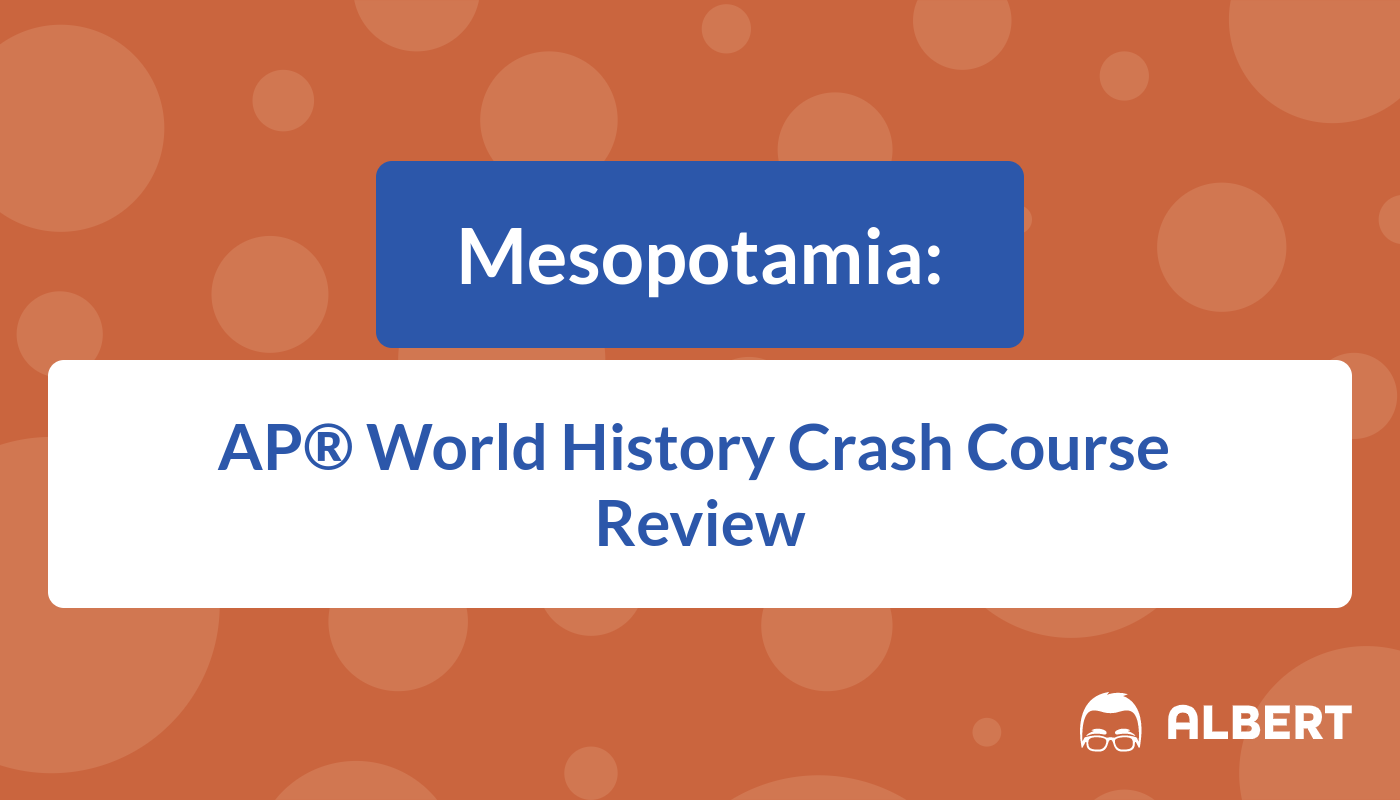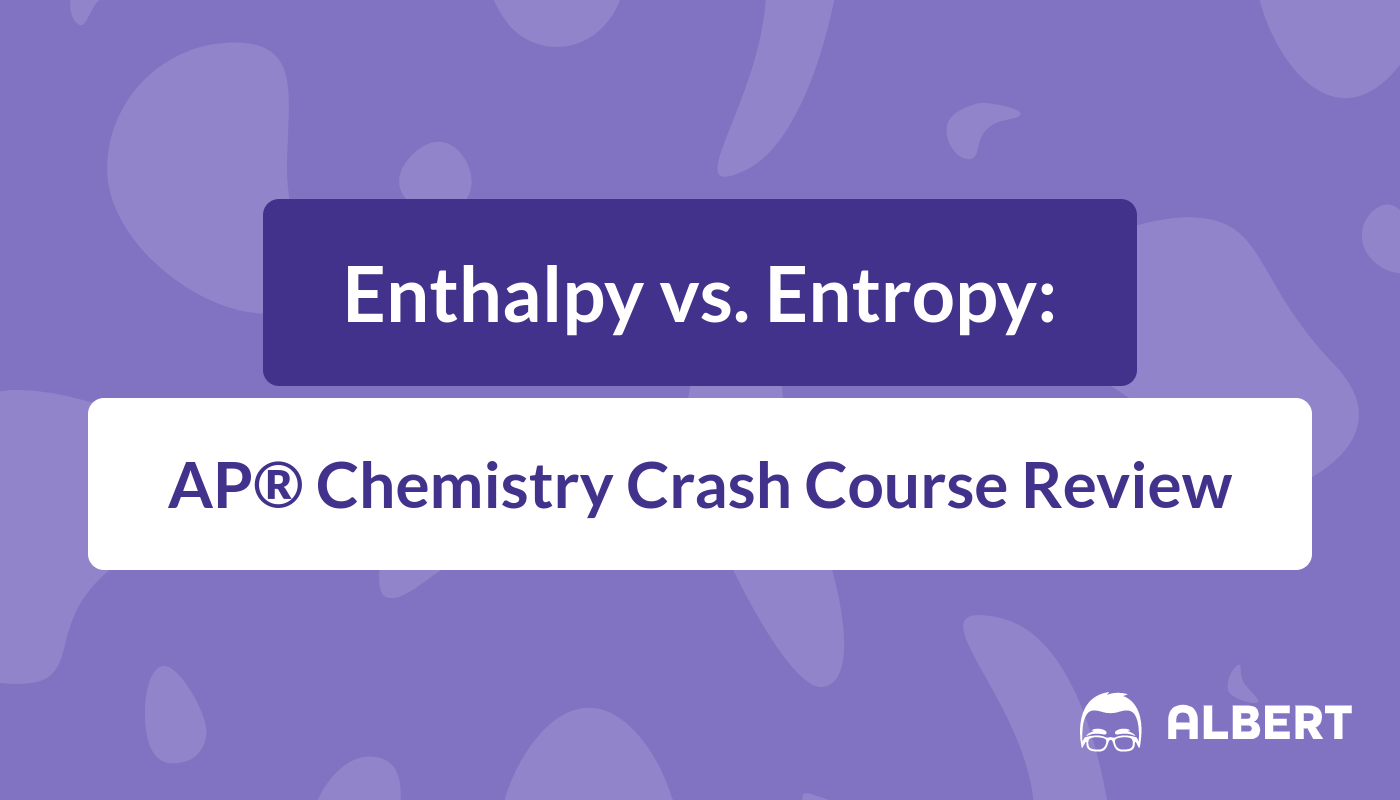Monetary Policy: An AP® Macroeconomics Crash Course Review
You may have heard about the Federal Reserve from the news, such as when it adjusts interest rates or starts to buy bonds to increase the money supply. Federal Reserve’s monetary policy works in conjunction with the government’s fiscal policy to control the economy’s stability.









